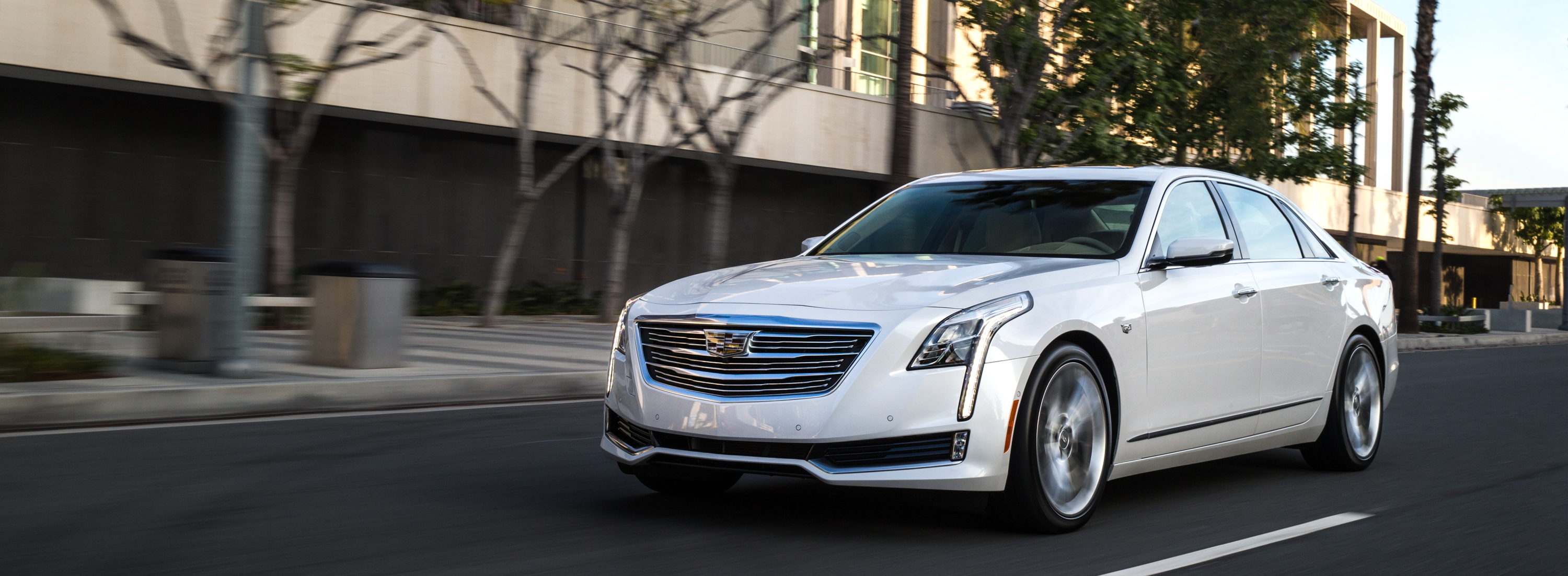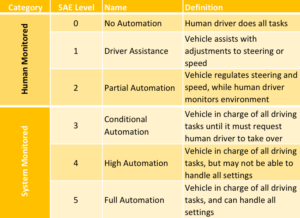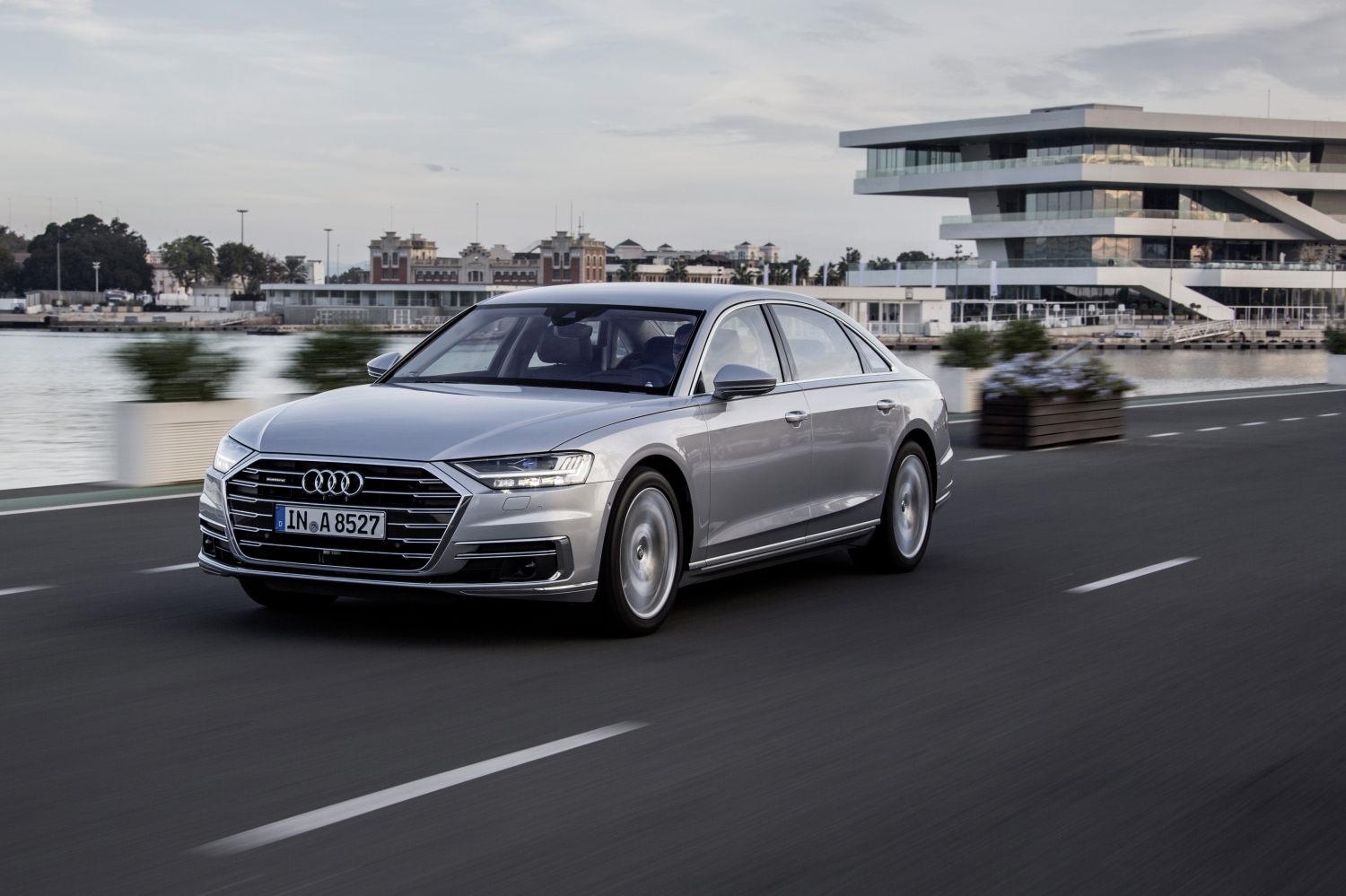
Autonomous Vehicles, Hype vs. Reality
By Randy Lioz, Editor, Car-ED.com | December 2017
At the recent AutoMobility LA conference that led into this year’s LA Auto Show, there were a few topics that were on the lips of nearly every attendee. These included electric vehicles, the connected car, and the major future disrupter, autonomous vehicles (AVs).
What will the impact of autonomous vehicles be?
While EVs may change the product mix that car companies will be offering to their customers, self-driving cars have the potential to change their entire business model. And indeed, it’s not just the auto industry that autonomous technology will impact, but the countless other industries with which it’s connected, like public transit and ride-hailing, hotels and hospitality, and even media companies that seek to capture a piece of the attention that’s freed up when we no longer have to attend to the driving task.
To be sure, autonomous vehicles are now considered a future inevitability, but a significant portion of the current discussion is now dedicated to teasing out when we’ll actually be seeing these vehicles on the road in any legitimate numbers. But in order to understand how these vehicles will actually impact our lives, it’s important to first define what we mean by autonomous technology.
How to talk about autonomous vehicles
Some people who talk about autonomous cars may assume that cars will either have the technology or will not, and that vehicles with the ability to operate without human input will just start showing up, but the reality is more complicated. The Society of Automotive Engineers has long recognized the need for nuance when it comes to AVs, and with that in mind it established a standardized 0-5 scale for automation levels in 2014, with an update last year.
 Level 0:
Level 0:
Vehicles with no driver assist are naturally at a Level 0—even cruise control doesn’t bump you to Level 1, since the vehicle isn’t making any decisions without the driver.
Level 1:
The first level of automation involves the vehicle making adjustments based on sensor input from the outside world. Think: active cruise control (the vehicle keeps pace with the car in front of it) or lane keeping assist (the vehicle applies steering inputs to keep you in your lane if you drift). Level 1 tends to handle only one of these tasks at a time, leaving the driver to continue handling the bulk of the control.
Level 2:
This is where we start to get into what some people consider “autonomous driving,” since this type of system will take control of both direction and speed inputs, and in a more integrated fashion. In fact, what Tesla calls “Autopilot” is a Level 2 system. But this type of system still requires a vigilant driver, and it often demands that hands stay on the wheel (though this is up to the individual manufacturer). In fact, Tesla has had to adjust the features and informational interface to ensure that drivers don’t place too much confidence in the car’s abilities, despite the name that indicates a hands-off technology.
Level 3:
It’s really at Level 3—what the SAE calls “Conditional Automation”—that we get into true autonomous capability, since this is the point at which the person sitting in the driver’s seat can really let her guard down. That person can divert her attention to other tasks, like reading the news or playing with a phone. What she cannot do, however, is jump into the passenger seat, since the system may give a warning that it can no longer handle the emerging situation, and cede control back to the driver. This might be through a construction zone or an area with poor signage and markings.

2019 Audi A8, photo credit: Audi
Right now, there are no true Level 3 vehicles on the market for private buyers, but Audi has made news with its announcement that the 2019 A8 will be the first designed with this capability. Its system illustrates the limitations of these systems, though, since Audi’s AI Traffic Jam Pilot is designated for a specific situation, traffic crawling at a maximum of 37 mph. And Audi has yet to even confirm that the system will be activated when the new A8 first goes on sale late next year. Yes, achieving automation is complicated!
Level 4:
An empty driver’s seat might be the domain of Level 4, “High Automation.” This is where the car is able to do everything, though there are still some restrictions on the situations that the car can handle, so these vehicles still face a few restrictions in their operation. This might be in the form of a geofence, but when you’re in the zone, you can hop in the back and take a nap.
Level 5:
Level 5 is the AV holy grail, “Full Automation,” that can do everything, everywhere. This eventuality is considered theoretical right now, with few analysts credibly trying to put a date on it. At this point, much of the industry’s focus is on Levels 3 and 4. But as we mentioned, these levels may not tell the full story of what the vehicle can do. Some are geared more towards a specific setting like highway or city driving, while others, like Audi’s L3 system, add a speed restriction.
How will this affect me?
The real question you’re likely asking is, when and how will these developments mean something to me as a car shopper?
Right now, the impact is being felt most in terms of the rollout of more and more driver aids with each new vehicle launch. Many of these are now rising ostensibly to Level 2 on the autonomous scale, like Nissan’s ProPILOT Assist, which debuted on the Rogue, and is available on the Infiniti QX50 that debuted in LA, as well as the 2018 Leaf EV. This system can be activated once you’re above 20 mph, and it would need to reactivated after 3 seconds of traffic stoppage, so its Level 2 status is questionable, but it’s still one of the most capable systems out there.
Still, Nissan’s system wants your hands on the wheel. Cadillac takes its Level 2 autonomy one step further, with Super Cruise on the 2018 CT6. When a green bar at the top of the steering wheel tells you it’s okay, you can drop your hands away. But the system will still make sure that you haven’t dropped your eyes away.
Okay, but when will I be able to read a book in the driver’s seat?
We’ve seen that the industry is having a tough go of putting a solid timeline on autonomous tech rollouts. Audi’s Level 3 system is highly restrictive, but even there the timing is uncertain. Several car companies are talking about 2020 as their target for putting true level 3 into production. Others are even planning to skip Level 3, expressing doubt about the safety of the handoff back to driver control.
Ford has said it’ll skip Level 3, but the company believes it can hit Level 4 by 2021. You’re unlikely to buy that car, though, since they’re planning to use these vehicles for ride-hailing fleets, including its partnership with Lyft.
Many of the suppliers with displays at AutoMobility LA are helping the manufacturers develop their autonomous capabilities, and much of that focus is on mobility services. Mark Thomas, VP of Marketing at Ridecell, an autonomous mobility platform, mentioned that the firm already has several industry partners, including BMW’s ReachNow service. But when it comes to commercializing the Level 4 tech that his firm focuses on, for low speed travel around cities and neighborhoods, it’s all about fleets of vehicles owned by mobility companies.
Level 4 technology that’s aimed at creating effortless high-speed highway travel, on the other hand, will more likely be the domain of privately owned vehicles, he said.
The long and short of it is that by early next decade, you’ll be able to buy a car that has the ability to take you on a high-speed cruise down the highway while keeping your mind on other tasks. But it’s likely to take much longer before your private car will bring you from door to door without any input.
What do I need to know now?
With that in mind, why wait to start appreciating the benefits of all the great tech that’s rolling out. There are plenty of models that have rolled out safety features based on this automated technology, and they’re available at prices that many drivers can afford, with the Japanese automakers being some of the most aggressive in terms of packaging them together and trying to communicate the benefits.
The industry has made a collective pledge to include Automatic Emergency Braking (AEB) as standard across the board by 2022, but many brands are making this feature and others, like Lane-Keeping Assist and various alert systems, available even in the most affordable models. Brands like Toyota and Mazda already put some or all of this tech on nearly all their models. Check out our video covering the 2017 model-year rollout of Toyota Safety Sense.
Below is a summary of the mainstream (non-luxury) brands that have begun to roll out this technology, which shows that these benefits are within reach for many buyers. There are still differences in execution, though, so you should note, for example, that some AEB systems are designed to prevent accidents, while others are aimed at reducing their severity. You can click on each technology name for a summary of their features, but note that not all vehicles have every feature in each technology suite.
Brand |
Name |
Number of Models* |
Cost of Entry (Model) |
| Toyota | Safety Sense | 16 | ,280 (Yaris) |
| Nissan | Intelligent Mobility | 9 | ,875 (Sentra) |
| Honda | Honda Sensing | 8 | ,880 (Fit) |
| Mazda | i-ACTIVSENSE | 5 | ,970 (Mazda3) |
| Kia | Drive Wise | 9 | ,295 (Rio) |
| Hyundai | SmartSense** | 9 | ,780 (Accent) |
| Subaru | EyeSight | 6 | ,550 (Impreza) |
| Chrysler/Dodge/Jeep | Various*** | 8 | ,410 (Renegade) |
| Ford | Various | 1 | ,070 (Fusion) |
| Chevrolet | Various | 8 | ,045 (Malibu) |
*Models must be equipped at minimum with Automatic Emergency Braking; model year ‘18
**Hyundai’s SmartSense does not have a U.S. website, so the information is only guaranteed accurate for the Australia market
***Several brands have not brought their suite of technologies together under one name
While you may not be able to let go of the wheel for a few years, you can certainly benefit from autonomous tech development with more peace of mind, and maybe even an insurance discount.